Event & News
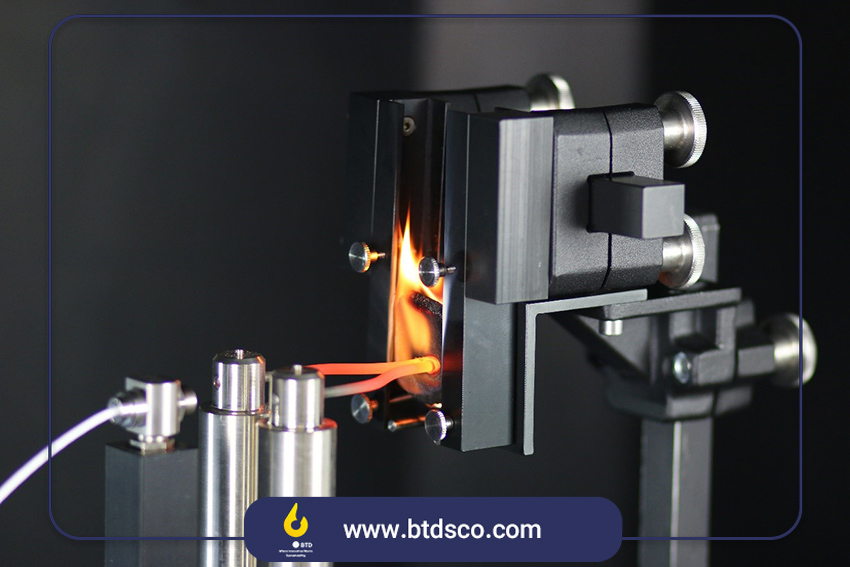
Glow Wire Test and Its Importance in Evaluating Flame-Retardant Polyamide and Polypropylene Compounds
Glow Wire Test and Its Importance in Evaluating Flame-Retardant Polyamide and Polypropylene Compounds
Safety in the use of electrical and electronic devices particularly in the power and electronics industry, lighting systems, and household applia...
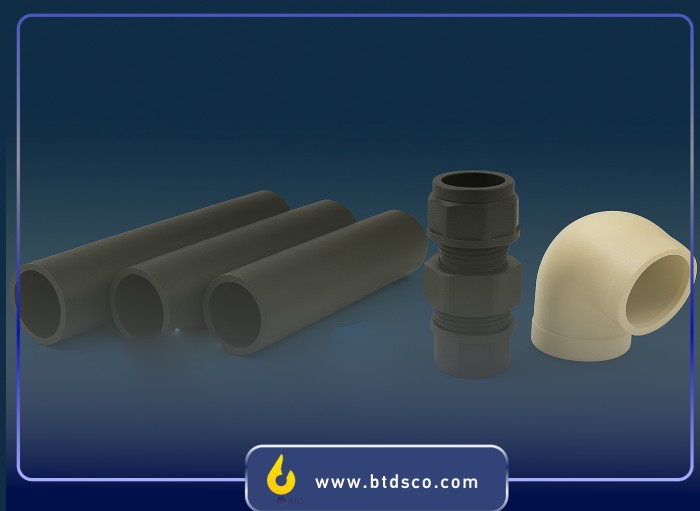
Challenges and Opportunities of Using Polyamide in the Pipe and Fittings Industry
In the dynamic world of pipe and fittings manufacturing, choosing the right material can make the difference between an efficient, durable system and a costly, underperforming project. Polyamide compounds, one of the most advanced engineeri...

Introduction to Wood Imitation Foam
In an era where sustainability and innovation drive material science, wood imitation foam stands out as a transformative solution for industries seeking eco-friendly alternatives to natural wood. As of 2025, with growing concerns over defor...

Everything You Need to Know About Pipe Insulation Foam
efficiency and sustainable infrastructure, pipe insulation foam has become an indispensable material for protecting piping systems in residential, commercial, and industrial settings. As of October 2025, with rising energy costs and stricte...
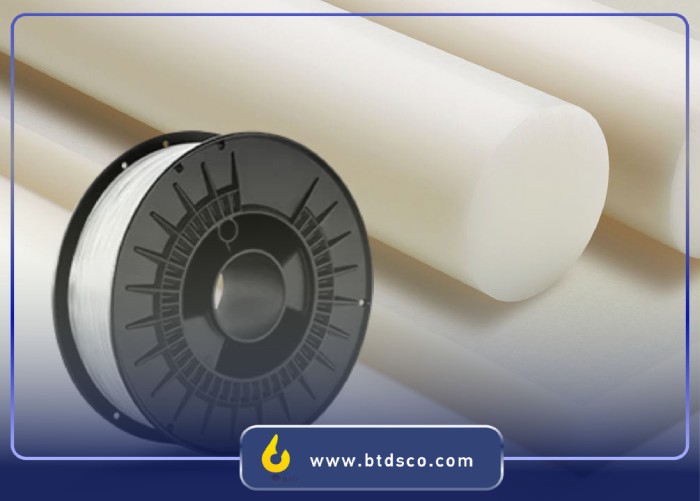
Glass Fiber Polyamide vs. Plain Polyamide: Which is the Better Choice?
In the realm of engineering materials, flame-retardant polyamide stands out as a critical component in industries requiring heat and fire resistance. Polyamides, commonly known as nylon, are thermoplastic polymers valued for their excellent...
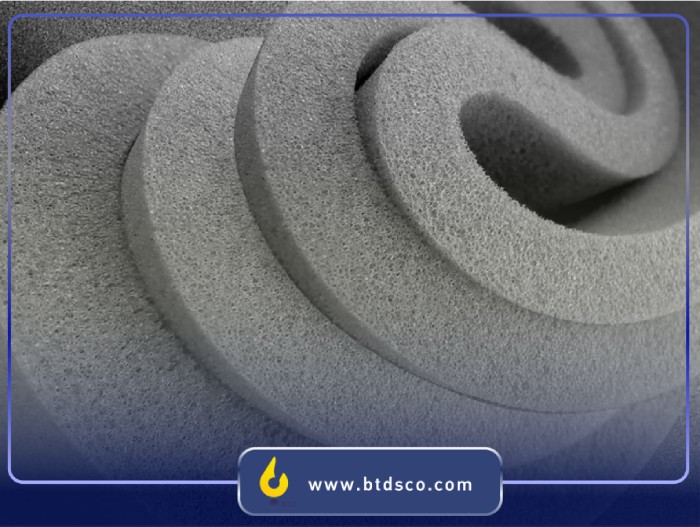
Material Selection and Raw Materials
Material selection and raw materials are not limited solely to strength; factors such as durability, efficiency, safety, cost-effectiveness, and project execution speed also hold significant importance. In this regard, polymeric materials h...
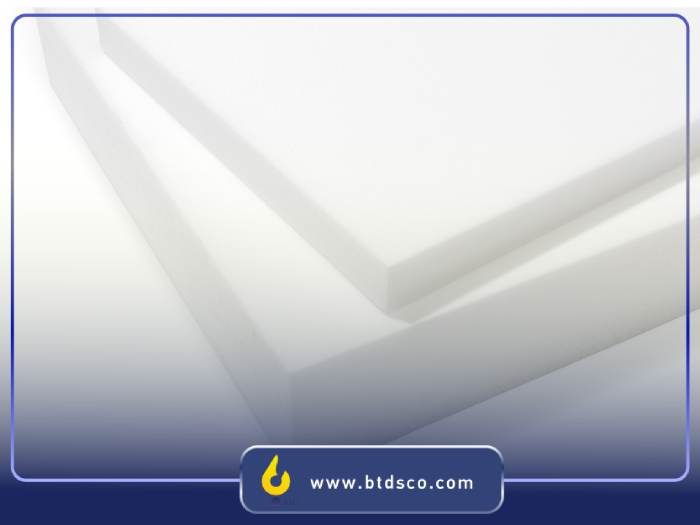
Types of Rigid Foam: A Comprehensive Guide
Rigid foam is a versatile material widely used in industries such as construction, packaging, automotive, and insulation due to its lightweight, durable, and insulating properties. Available in various types, each with unique characteristics, rigid f...
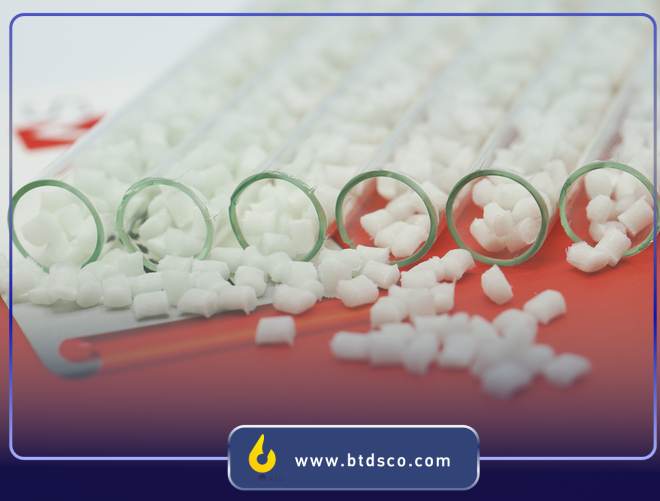
Polypropylene Compounds| A Comprehensive Guide from baspar tose'e
Polypropylene compounds are versatile thermoplastic materials that have revolutionized numerous industries due to their unique blend of properties, cost-effectiveness, and adaptability. These compounds are created by blending base polypropylene resin...

The Role of Spray Foam in Building Thermal Insulation
The Role of Spray Foam in Building Thermal Insulation
Introduction
Thermal insulation is one of the most important stages in modern construction. Among the various insulation methods and materials, Spray Foam has gained a special place in the b...
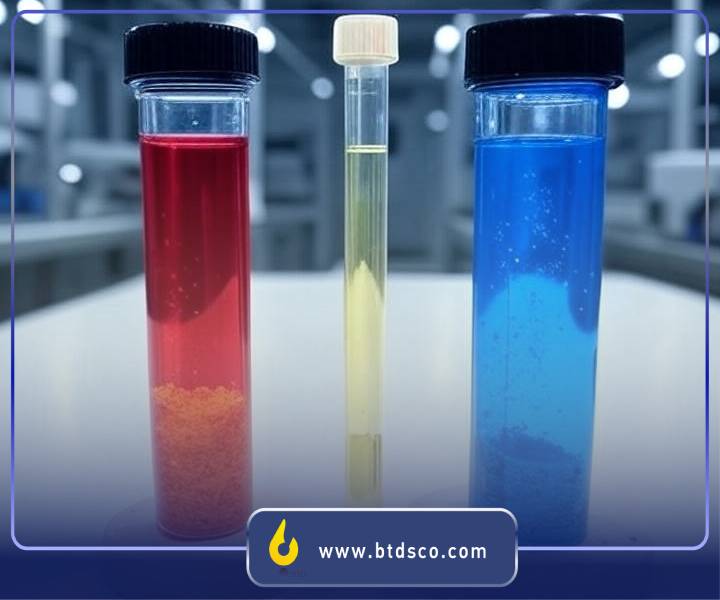
Comparison of Polyamide (PA) and Polyethylene (PE) in the Plastic Injection Molding Process
Comparison of Polyamide (PA) and Polyethylene (PE) in the Plastic Injection Molding Process
Polyamide (PA, also known as nylon) and polyethylene (PE) are two widely used thermoplastic materials in the plastic injection molding process, playing a s...
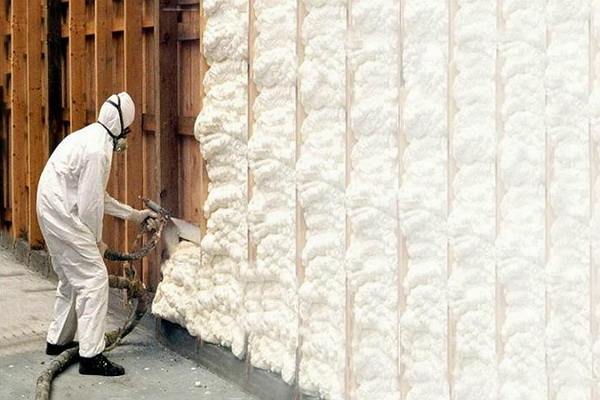
Construction polyurethane | Advantages and disadvantages of polyurethane in construction
Construction polyurethane | Advantages and disadvantages of polyurethane in construction
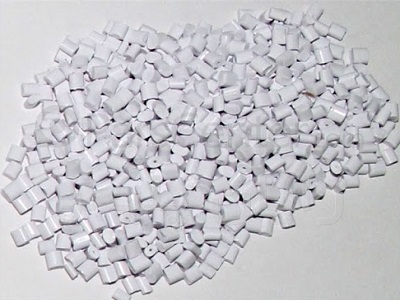
The process of applying spray foam to the ceiling and walls of a building
The process of applying spray foam to the ceiling and walls of a building
